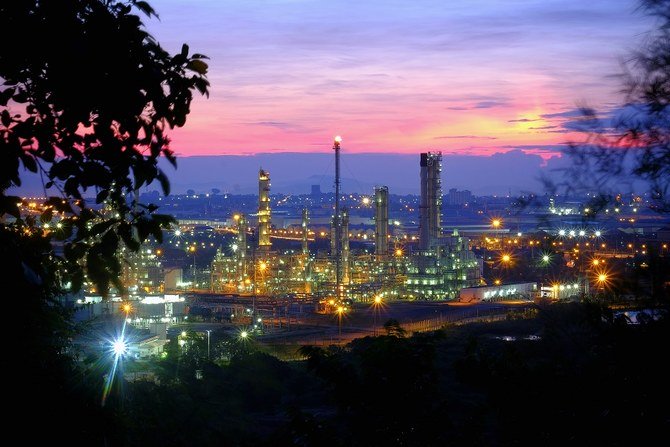
- ARAB NEWS
- 02 May 2024

Frank Kane
DUBAI: Global investment in energy is set to drop by 20 percent, or by nearly $400 billion, this year as demand plummets in the wake of the coronavirus pandemic, the International Energy Agency (IEA) forecast.
What the IEA called “an historic plunge” in new spending on all energy sources - from fossil fuels like oil and gas through to renewables like solar and wind - is caused by the biggest ever fall in demand for energy as economies try to edge out of the global economic lockdown brought about by the pandemic.
Revenue from energy is forecast to fall by $1 trillion this year, with earnings from sales of crude oil - essential for Saudi Arabian and other producers - accounting for most of that decline, the IEA said. For the first time in history, consumers will spend more annually on electricity than on oil.
Fatih Birol, the IAE’s executive director, said the forecasts were “deeply troubling” after the turmoil in energy markets since early March.
“It means lost jobs and economic opportunities today, as well as lost energy supply that we might well need tomorrow once the economy recovers. The slowdown in spending on key clean energy technologies also risks undermining the much-needed transition to more resilient and sustainable energy systems,” he added.
Global investment in oil and gas - forecast to fall by more than 30 percent - is the biggest element of the drop in energy investment, and will be felt by all producers.
“The shale industry was already under pressure, and investor confidence and access to capital has now dried up: investment in shale is anticipated to fall by 50 percent in 2020. At the same time, many national oil companies are now desperately short of funding,” IEA said.
The world’s largest oil company, Saudi Aramco, has said it would maintain investment plans at between $25bn and $30bn this year, but that spending plans for 2021 are under review.
Most of the big independent oil companies have already announced plans to cut back near term investment.
“For oil markets, if investment stays at 2020 levels then this would reduce the previously-expected level of supply in 2025 by almost 9 million barrels a day, creating a clear risk of tighter markets if demand starts to move back towards its pre-crisis trajectory,” the agency added.
Investment in renewables like solar panels has been more resilient than traditional energy sources during the crisis, but is expected to lose the gains it has made in the past three years as investment decisions are scaled back.
Overall investment in cleaner energy sources will comprise 40 percent of the global total this year as the proportion spent on oil, gas and coal falls significantly. “In absolute terms, it remains far below the levels that would be required to accelerate energy transitions,” the IEA said.
The so-called “silver lining” of the pandemic crisis - less-polluted environment as motor and industrial emissions decline dramatically - is downplayed by the IEA.
“The crisis has brought lower emissions but for all the wrong reasons. If we are to achieve a lasting reduction in global emissions, then we will need to see a rapid increase in clean energy investment. The response of policy makers – and the extent to which energy and sustainability concerns are integrated into their recovery strategies – will be critical,” Birol said.
Nor is there any sign of a greater uptake of more energy-efficient electric vehicles because of the crisis. “Estimated investment in efficiency and end-use applications is set to fall by an estimated 10 to 15 percent as vehicle sales and construction activity weaken and spending on more efficient appliances and equipment is dialed back,” the IEA said.